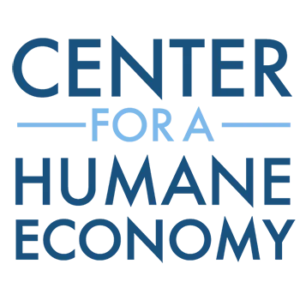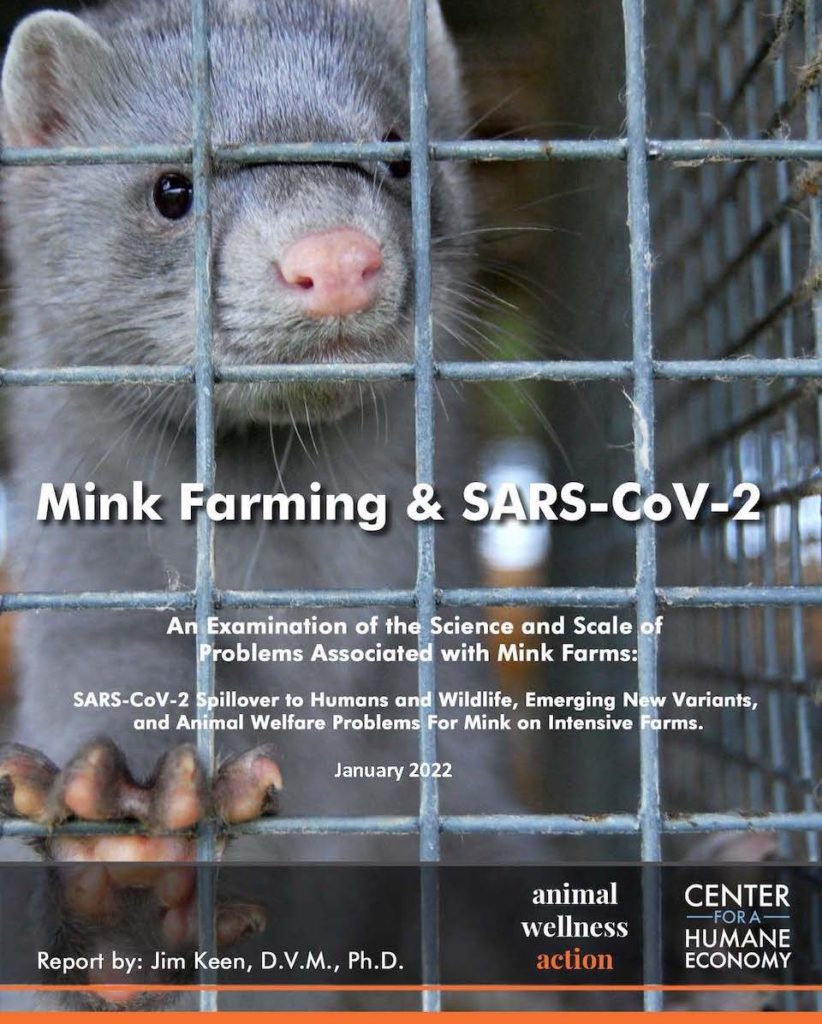Hyperventilated Response to Minuscule Rabies Threat, Dismissal of Mink Threat Among Problems Cited
Today, Animal Wellness Action and its sister organization, the Center for a Humane Economy, applauded Dr. Rochelle Walensky, director of the U.S. Centers for Disease Control and Prevention (CDC), for agreeing to reorganize and re-energize the agency, admitting failures in its COVID-19 response.
Animal Wellness Action has argued that the systemic shortcomings have been bigger than the mixed messaging and inconsistent masking requirements cited by many critics of the agency’s COVID response.
Over the past year, the organization has represented charities, the foreign service, and ordinary citizens after the CDC banned dog imports from more than 100 countries without any advance warning. It was a failure of communication and a risk assessment gone haywire.
In short, Animal Wellness Action officials said, the CDC left American Foreign Service personnel, soldiers, and countless others without any normal pathway to bring their animals back into the United States from more than half the nations of the world. It also gutted the work of international dog rescue groups based in the United States and working globally.
CDC staff, including veterinarians, zoonotic disease specialists, and attorneys, have failed to follow protocols, respond to emails, deliver on promises, and as a result have cost citizens and charities millions of dollars.
But that wasn’t all. More reckless was CDC’s total inattentiveness to the biggest non-human incubator of SARS-CoV-2 variants. All five known and genetically sequenced variants that originated in animals came from mink farms, which a Center scientist described as “the perfect breeding ground for new variants.”
The experts at the CDC say a million dogs come into the United States annually, mainly animals owned by Americans traveling or on duty overseas. Yet the CDC has documented just four cases of dogs with rabies that were presented for entry into the country during the last six years. Three cases came from Egypt and one from Azerbaijan.
Contrast that miniscule number of cases with ongoing CDC tolerance of mink farms in the United States. Already, mink have spawned five variants of COVID-19 and remain a clear and present danger to present further mutations, any one of which may prove resistant to current vaccines and treatments. One third of all mink farms in the U.S. and Europe have viral outbreaks.
The threat assessments are different orders of magnitude.
“The agency overreacted to an almost non-existent threat from rabies, which is very difficult to transmit and for which we have many defenses,” said Jennifer Skiff, director of international programs for Animal Wellness Action. “Meanwhile, a single new variant of COVID could infect and kill millions, and the CDC does nothing.”
Dr. Walensky’s overhaul must be sweeping and look far more broadly than masking and communications. It needs to go to the agency’s utter failures in the realm of risk assessment on zoonotic disease.
Read our scientific report on Mink Farming and COVID by Jim Keen, D.V.M., Ph.D.


